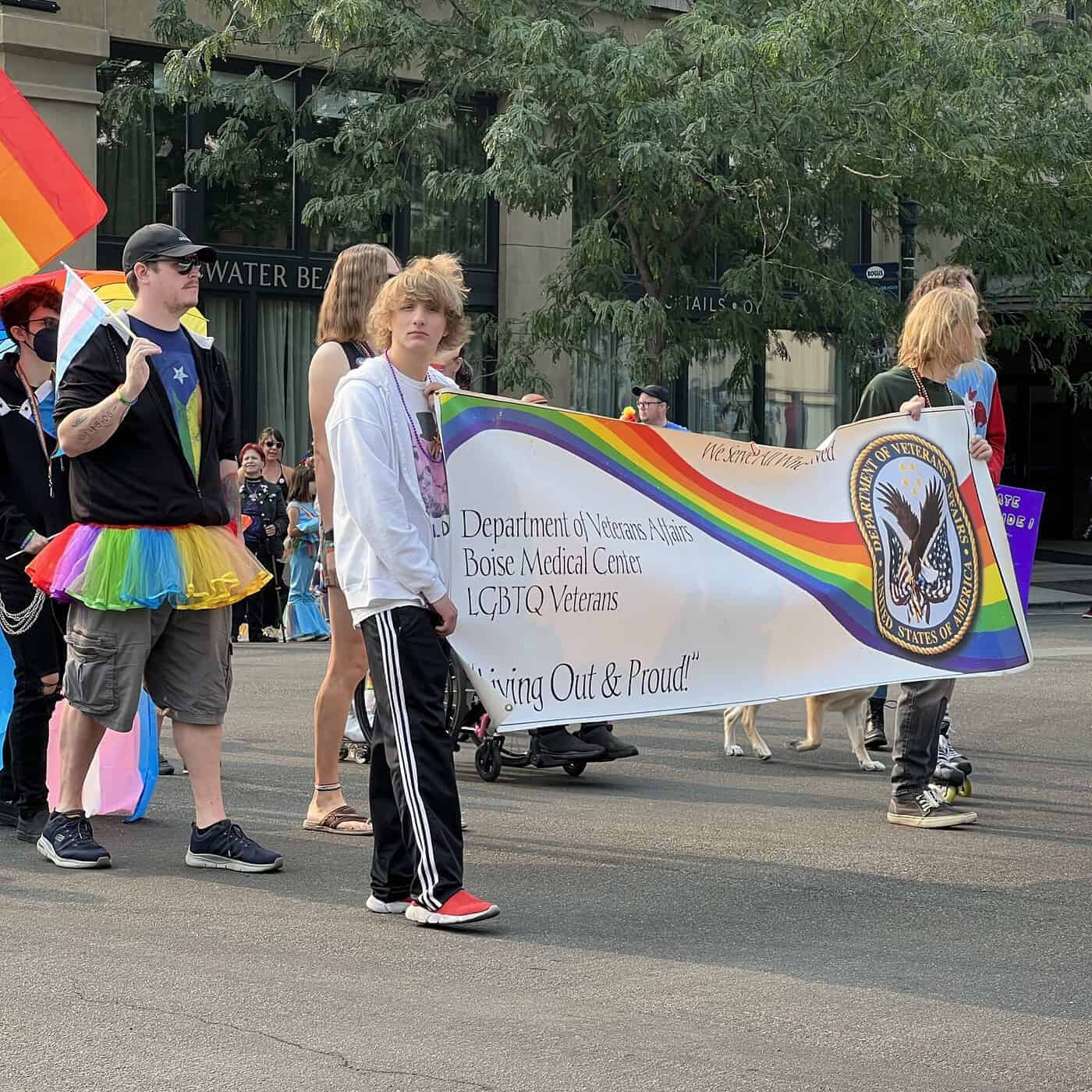


Before we get into “Pride Month,” — and in light of Target, Budweiser, North Face and other businesses’ foray into the LGBT-agenda promotion — it’s important to understand that some fraction of what you see identified as “transgender” is really a public display of sexual fetishes condoned and promoted by the psychiatric community, leftists, and the media.
The problem starts with changes over many decades to the American Psychiatric Association’s Diagnostic and Statistical Manual of Mental Disorders, or DSM. This is the go-to book for diagnosing mental illness and is often referenced in legal documents, including Idaho law.
The original DSM was written in 1952 and had its last major revision in 2013. In that span of time, the DSM has been written and rewritten to merge a variety of mental health disorders related to sexual confusion into one broad category — “gender dysphoria” — and to exclude some sexual perversions as mental health matters.
For example, the DSM-III, published in 1980, was the first edition to include a diagnostic category for “transvestism” which was defined as "a recurrent crossdressing behavior by a male that is not associated with sexual excitement." That same manual included “gender identity disorder,” defined as “a persistent and intense cross-gender identification."
The DSM-III and its revision from 1994, the DSM-IV, classified people who get sexual excitement from cross-dressing behavior as having transvestic fetishism: a recurrent, intense sexual urge or fantasy involving cross-dressing, which has been acted upon or is causing clinically significant distress or impairment in social, occupational, or other important areas of functioning.
But in 2013, the DSM-V removed transvestic fetishism from the list of paraphilias and mental health disorders. Gender identity disorder was replaced with gender dysphoria, where a person’s perceived sex does not match their body, and a new diagnostic category for non-binary gender identity was invented.
Trans activists lobbied to keep transvestic fetishism and autogynephilia out of the DSM-V as mental health concerns. A big player in that discussion was the World Professional Association for Transgender Health (WPATH) which most recently rocketed to fame for advocating gender interventions for minors.
Autogynephilia is, essentially, the sexual arousal some men have when they see themselves dressed as women. It is its own category of porn which includes feminization and sissy porn. The arousal usually dissipates from having sex, according to researcher Ray Blanchard. Until recently, this type of sexual behavior was confined to couples in the bedroom or at fetish clubs. Now, it’s being broadcast to the masses, including children, under the guise of gender inclusivity.
In other words, when you see a boy or a man wearing feminine clothes, it’s quite possible he’s dealing with actual gender dysphoria. But it might also be that their own image as a woman is sexually stimulating and satisfying, and you’ve become an unwilling participant in their fantasy.
Being seen in public dressed as female, using their restrooms and locker rooms, “passing” as a girl or a woman, even marginally, or being singled out for being crossdressed in public, is part of a sexual thrill and fulfillment. All of this is now captured in popular terms such as “gender dysphoria,” and we’re supposed to go along with it or be declared transphobic.
This is part of the reason some men have decided to forgo changes to their bodies. They’re not interested in surgeries to add or remove parts. They just want the excitement that comes from their presentation in public.
In other words, where psychiatric diagnoses had previously been about an overwhelming discomfort with one’s own body and its appendages, they now include people who want to share a bathroom with women because it’s deeply arousing.
Moreover, this phenomenon has morphed again under the term ‘transmaxxing.” This is where some men who feel they’re just not quite cutting it as male simply opt to take on all the characteristics of females — and this may or may not include transitioning — in order to facilitate personal gain, relationship improvement, and more clothing options. It’s not because of “discomfort” in the historical sense of gender dysphoria.
Following the publication of the DSM-V, the Associated Press, whose style guide many news and research organizations use to conform writing, removed the word transvestite from its use of acceptable language. In 2015, the AP Stylebook added the new entry “transgender” for describing a person “whose gender identity does not match the sex they were assigned at birth.”
By 2019, the AP Stylebook was modified again to recommend that pronouns be used to match a person’s requested pronouns, which is why stories involving men who “identify” as women refer to them as “she” and “her,” which to the autogynephilic is also sexually gratifying.
It’s obviously more complicated than that, and it’s time that we get real about what’s really going on. What people do in private settings is up to them. But the rest of us — policymakers and the public at large — need to understand that when we are exposed to “Pride Month,” all is not what it appears to be. It’s not entirely about inclusivity. At least in part, it’s about normalizing people’s sexual proclivities and fetishes in public places.

